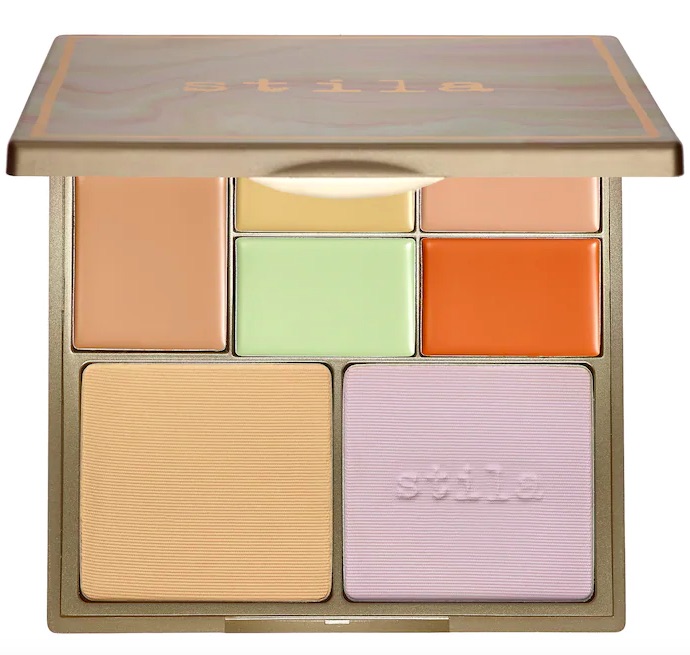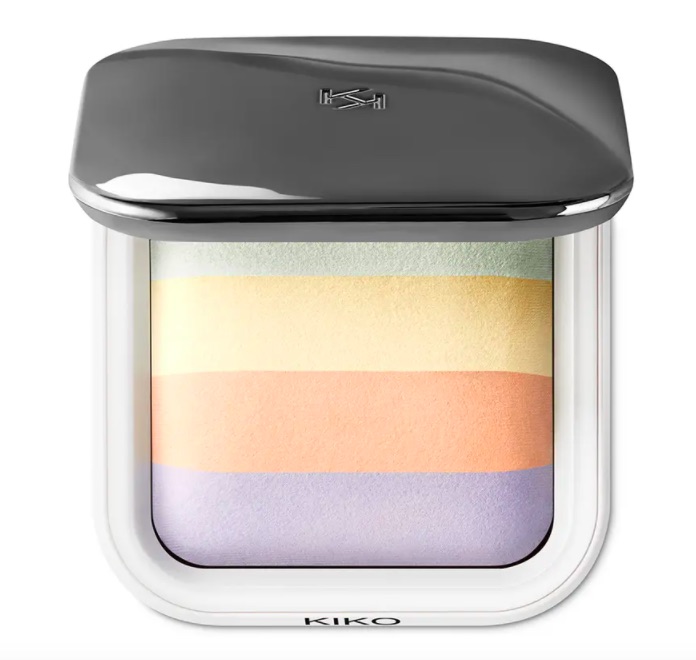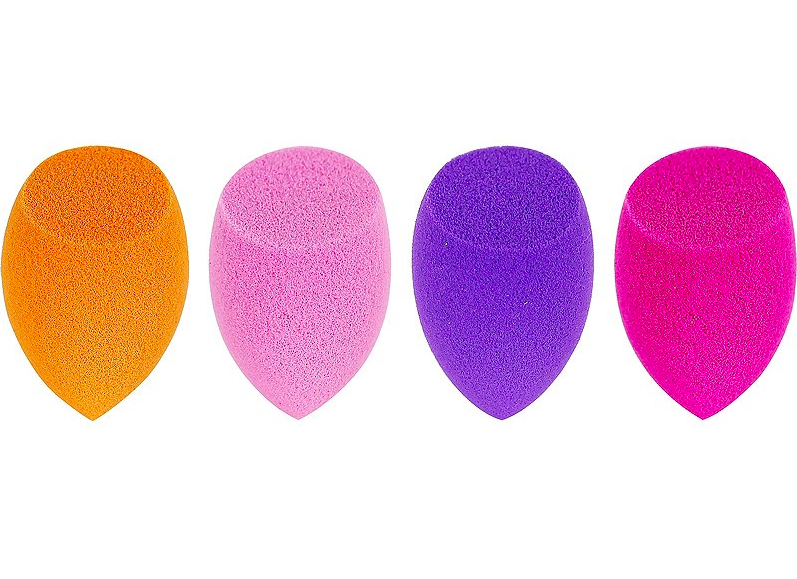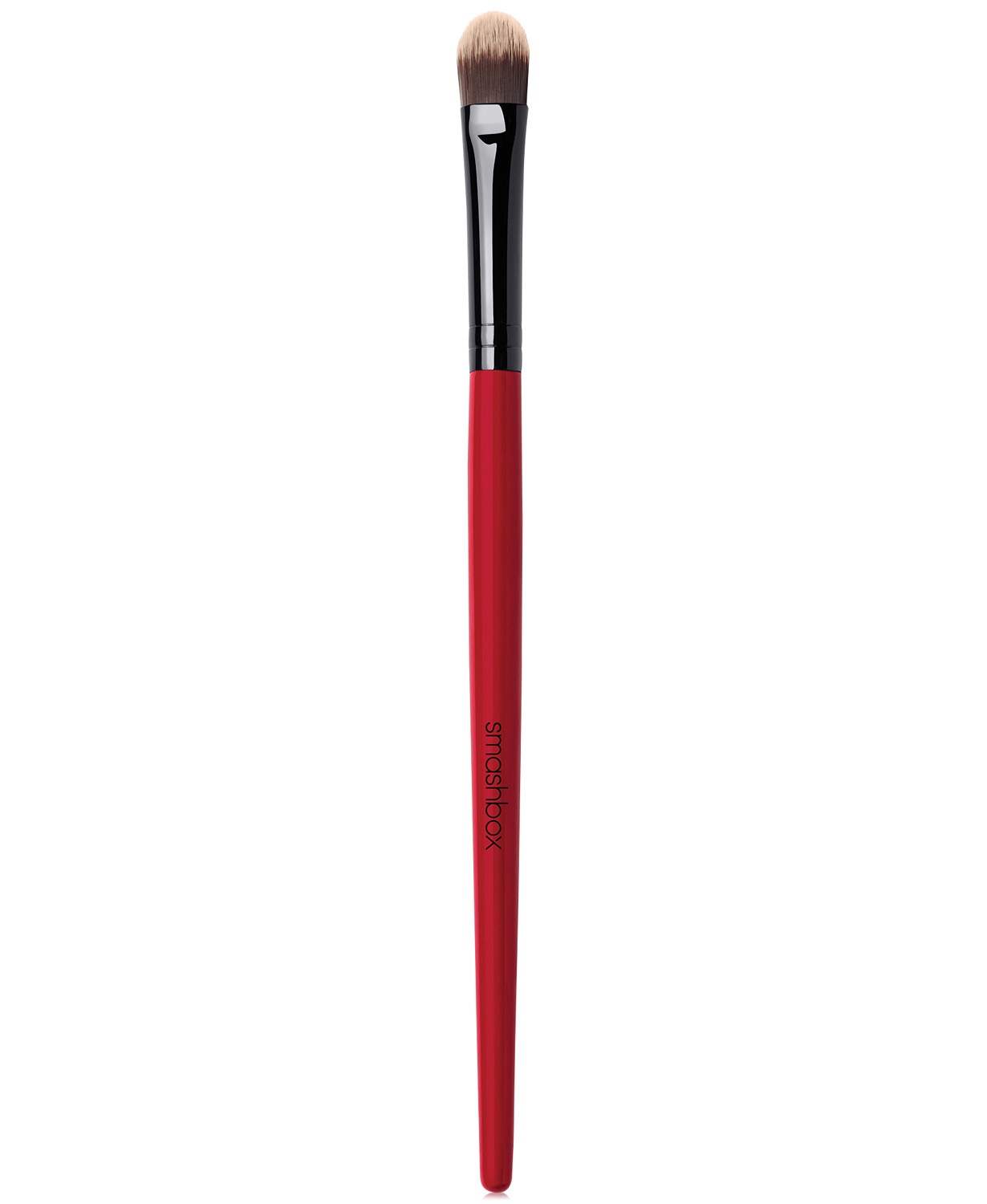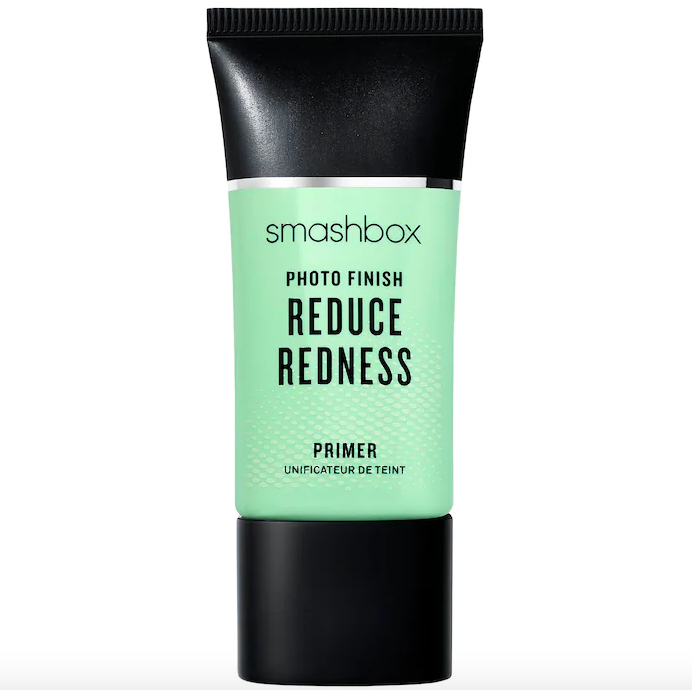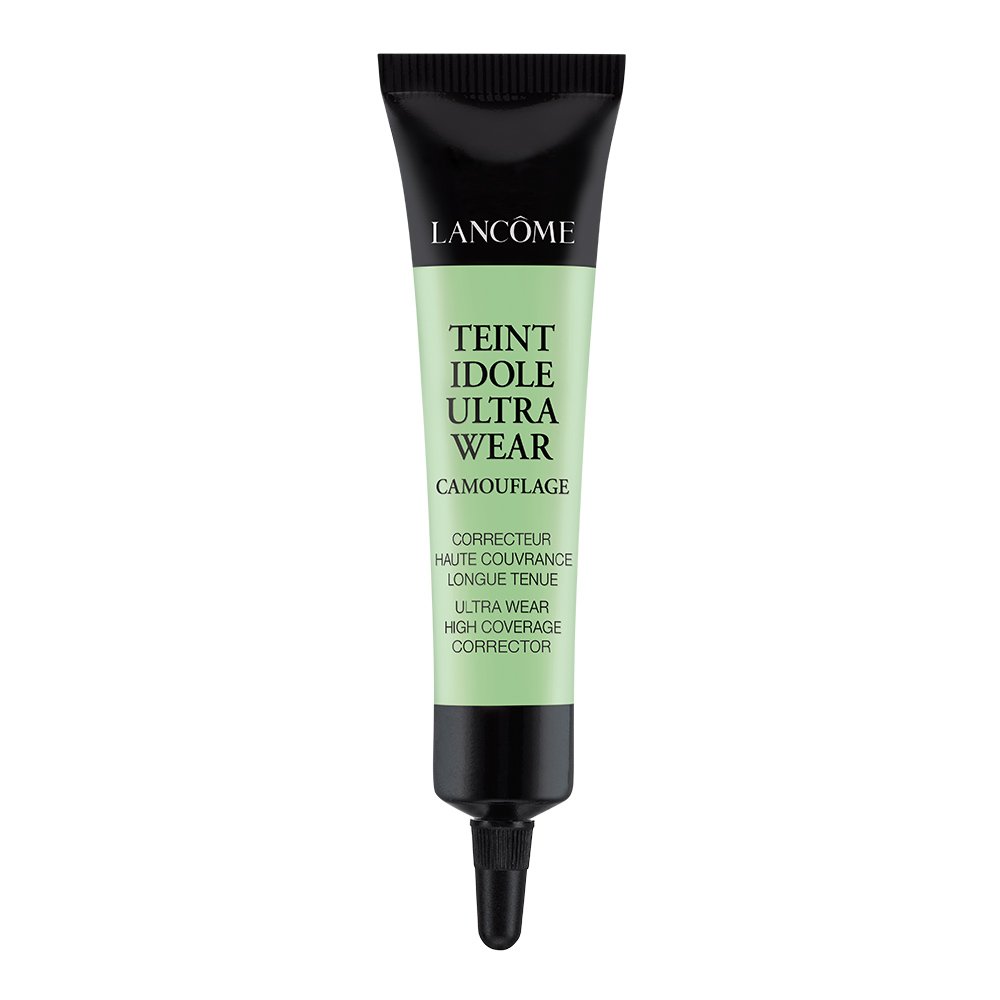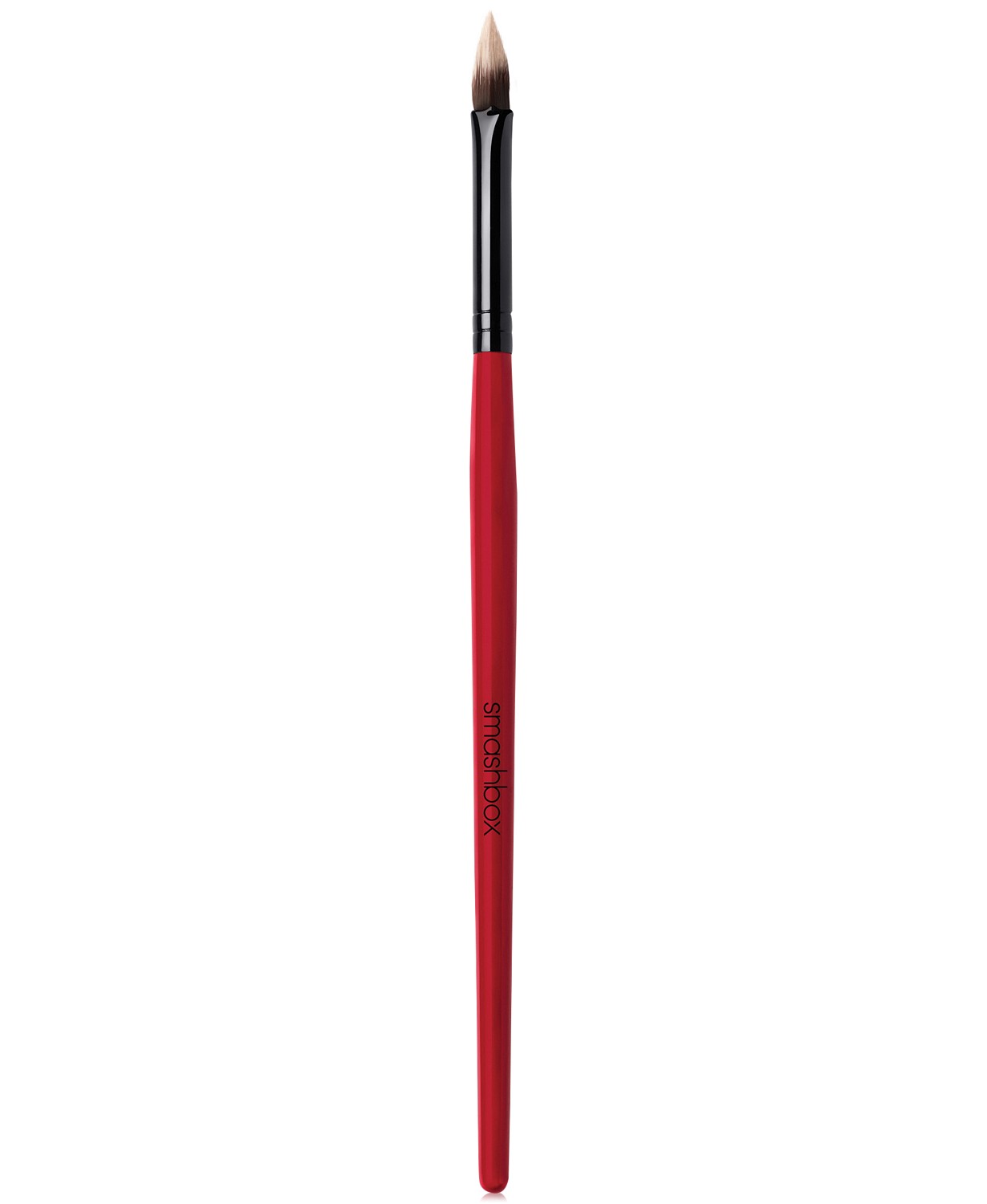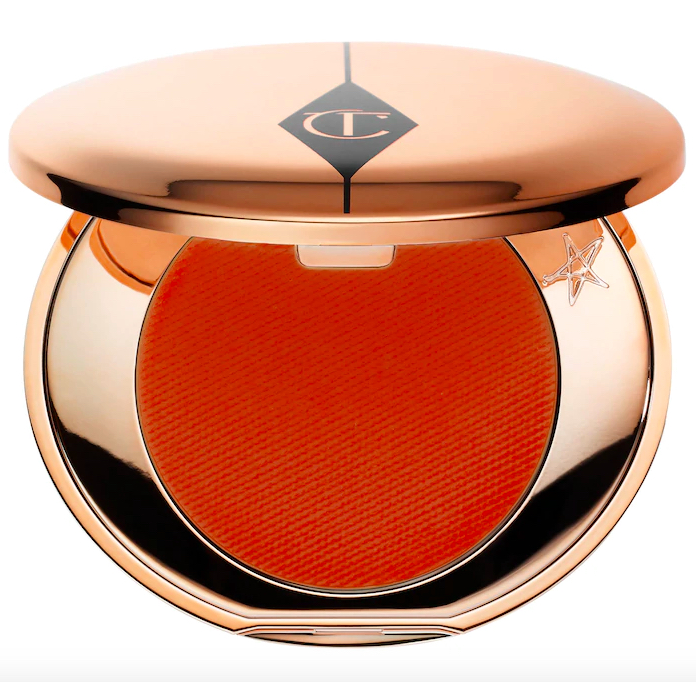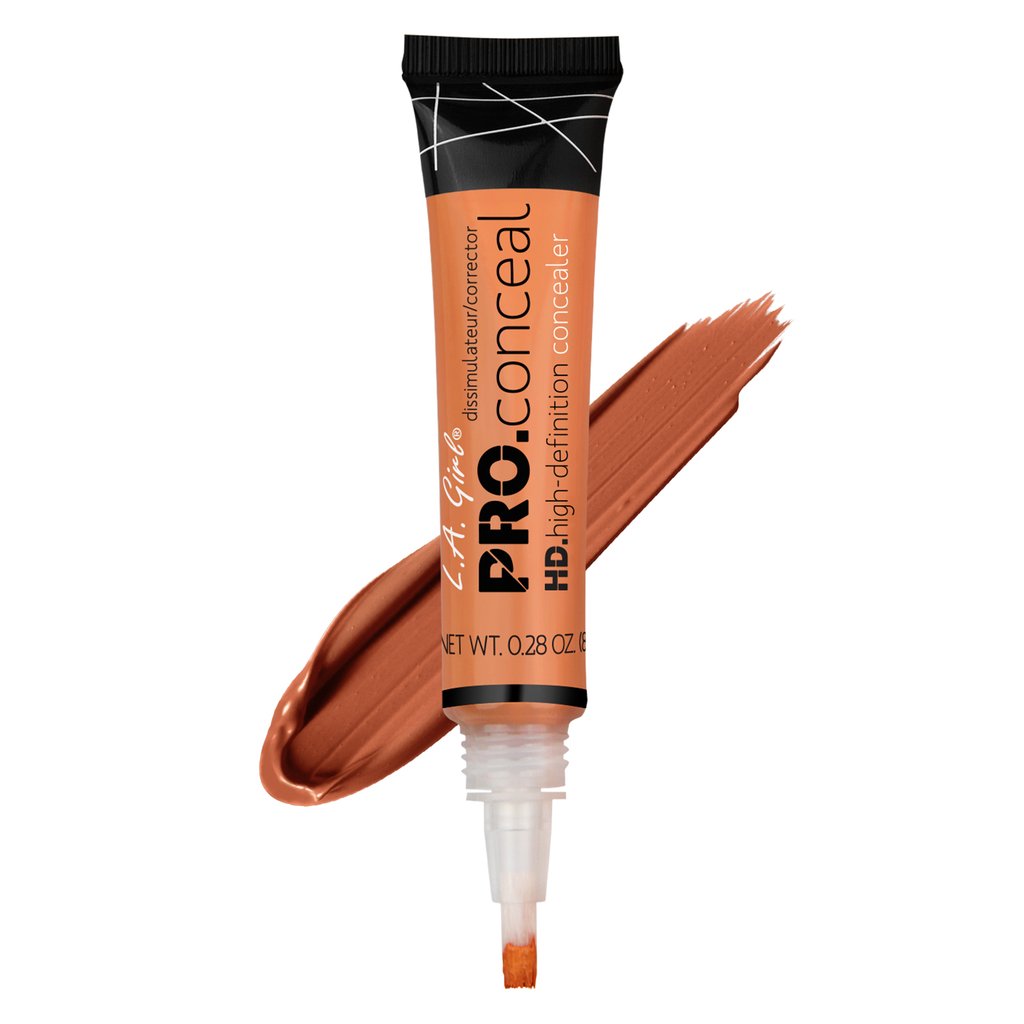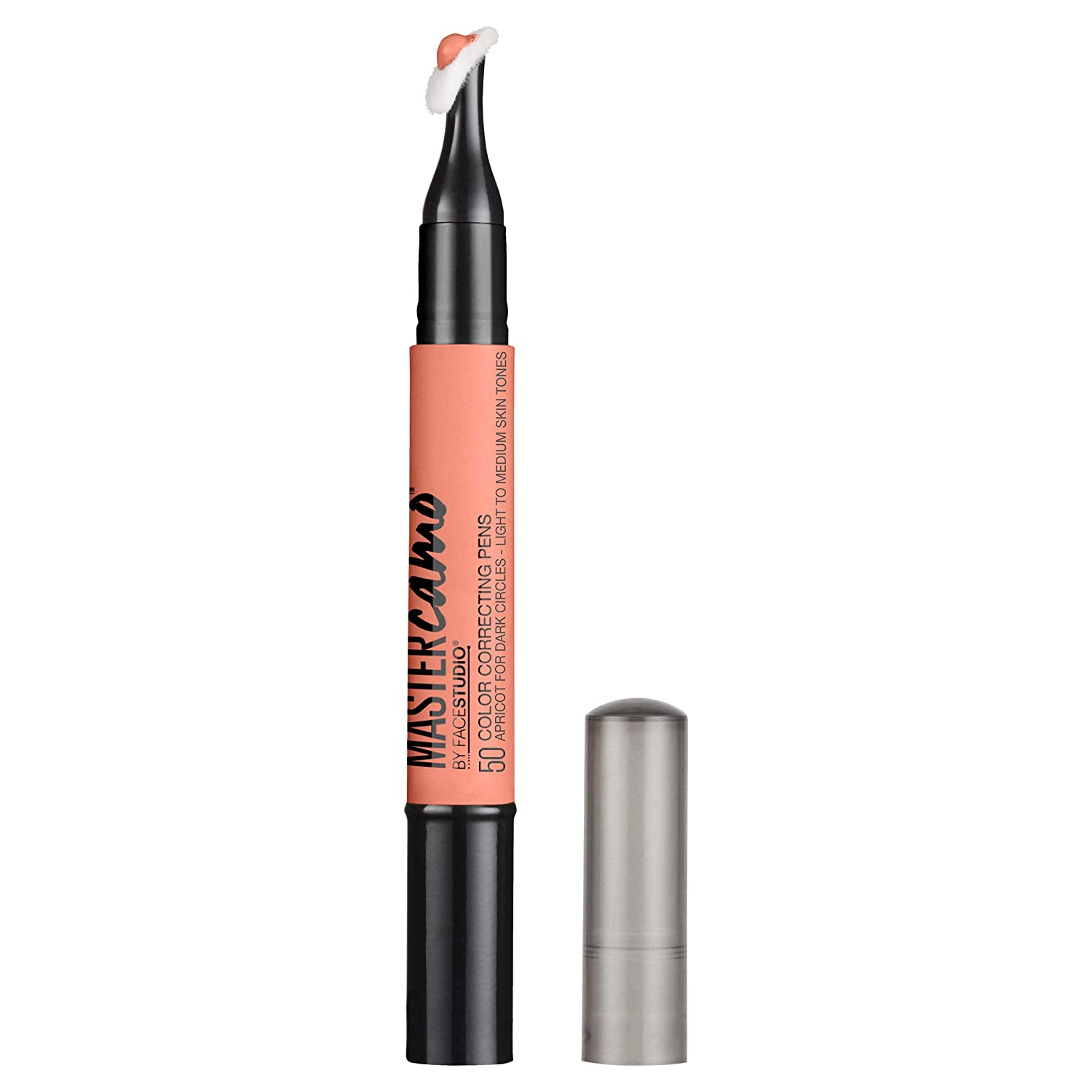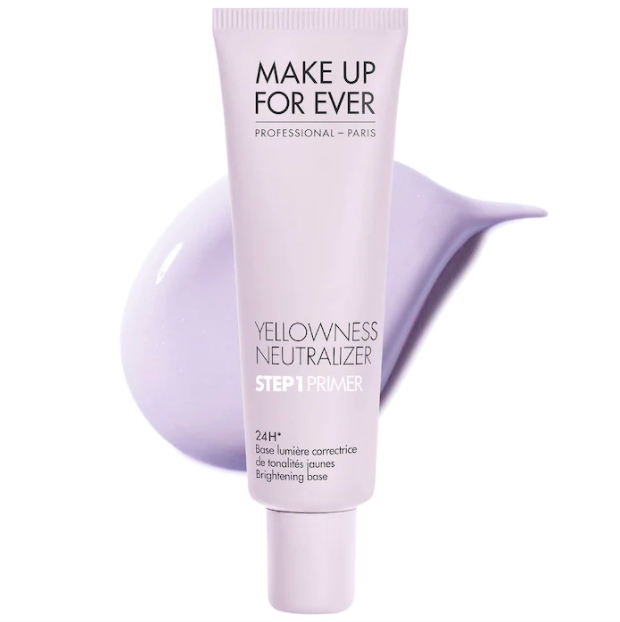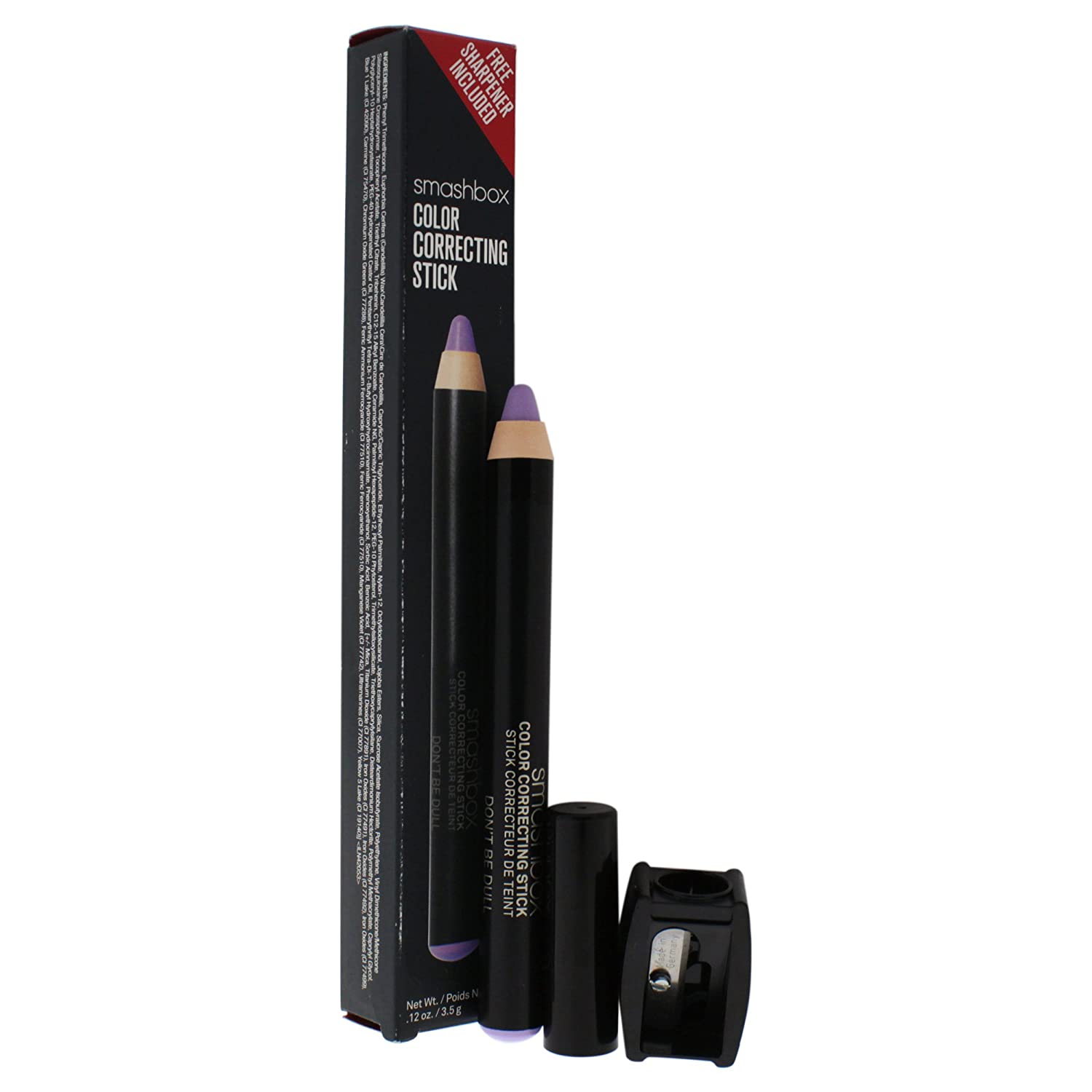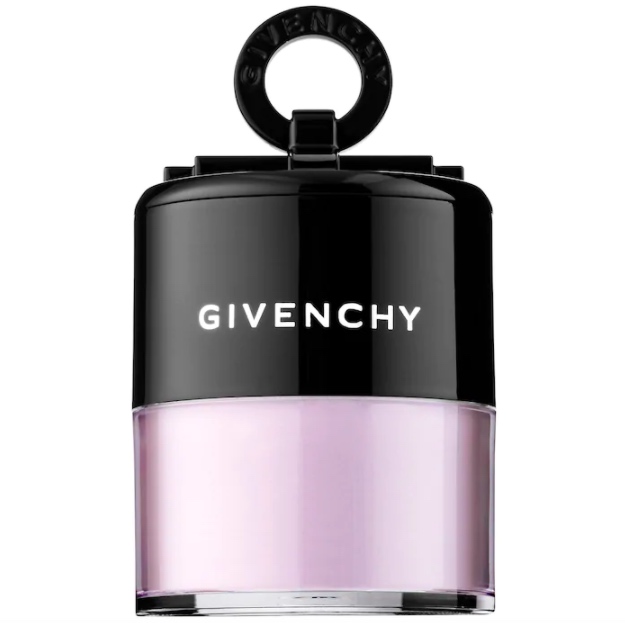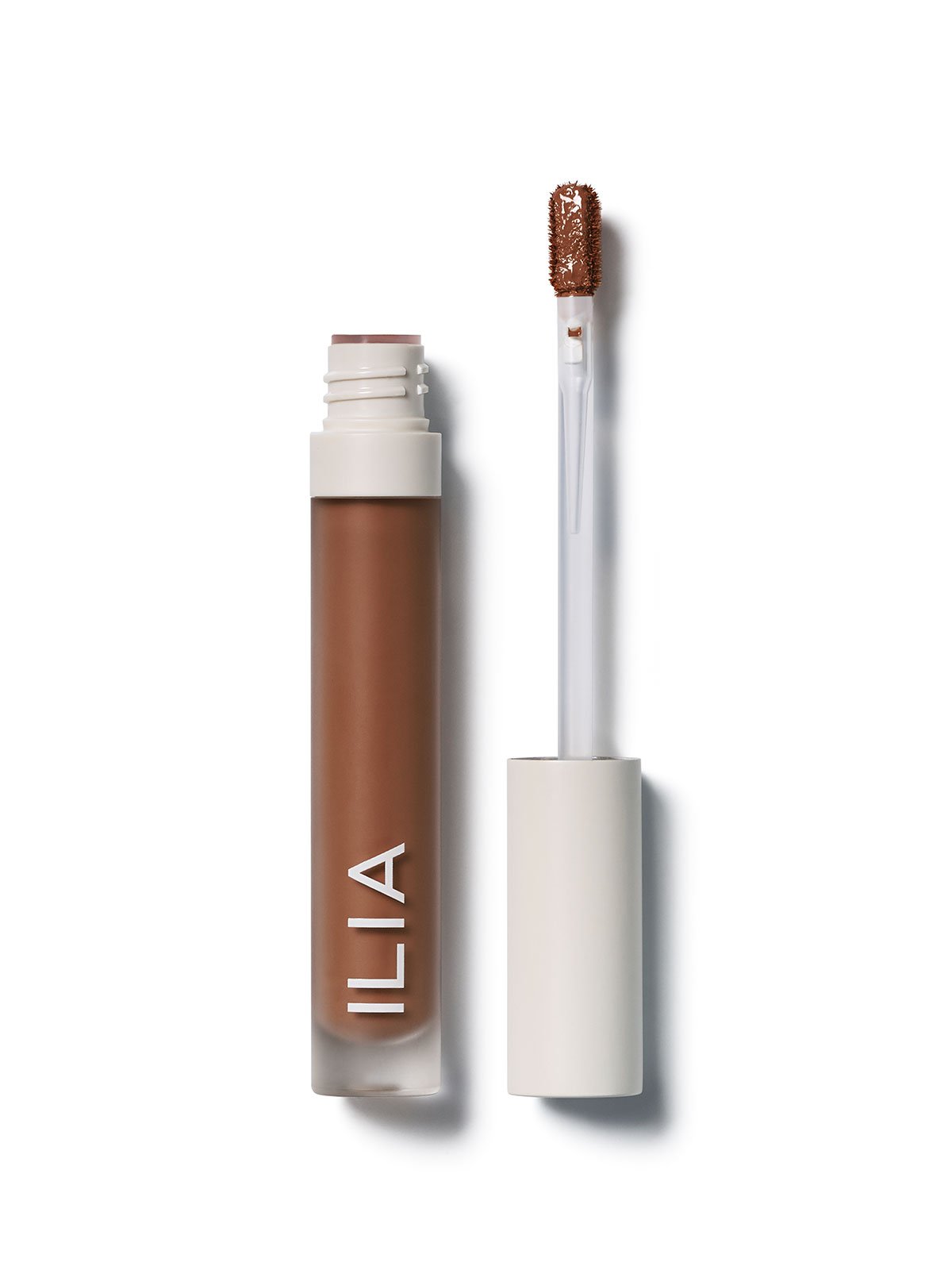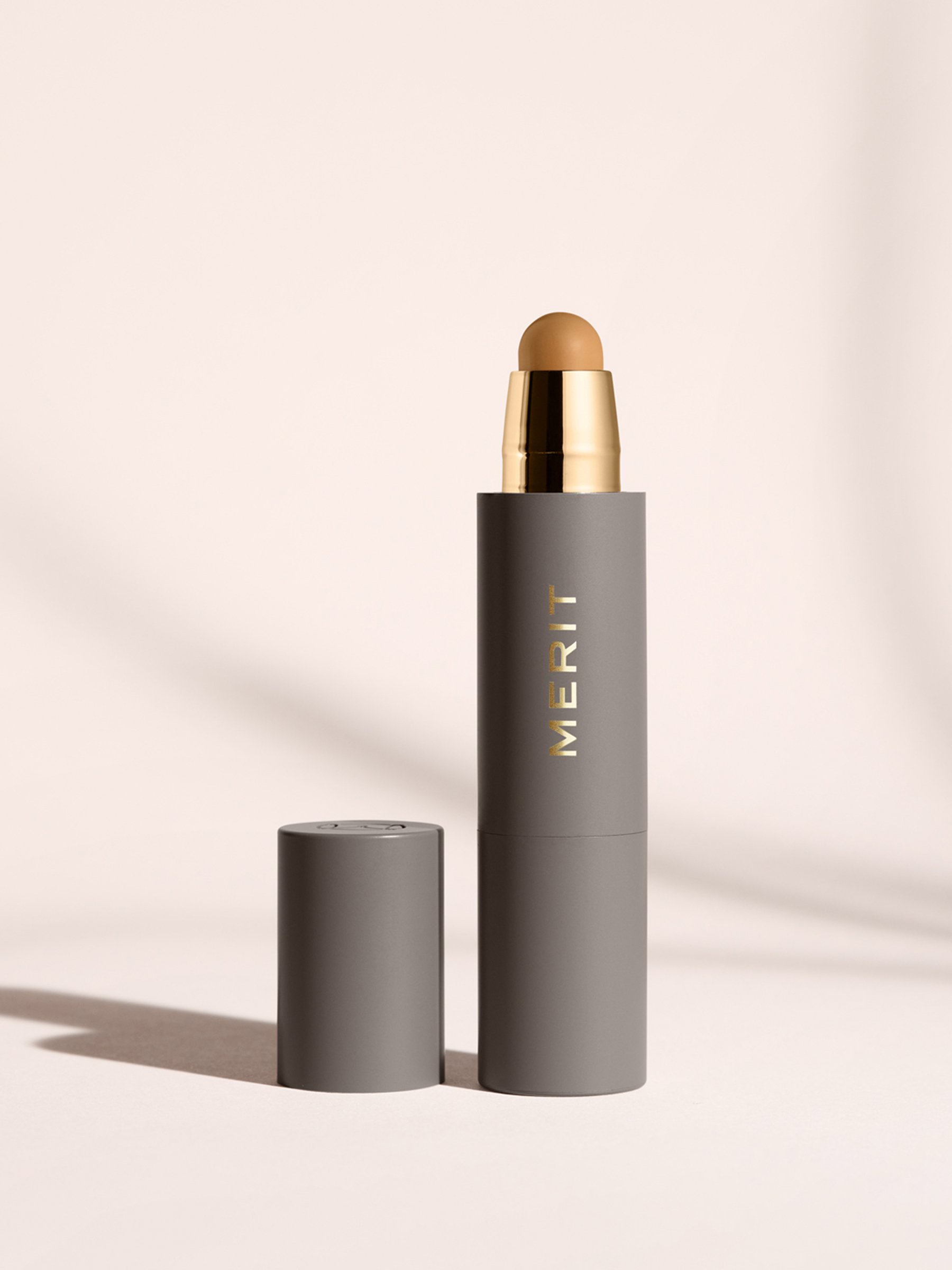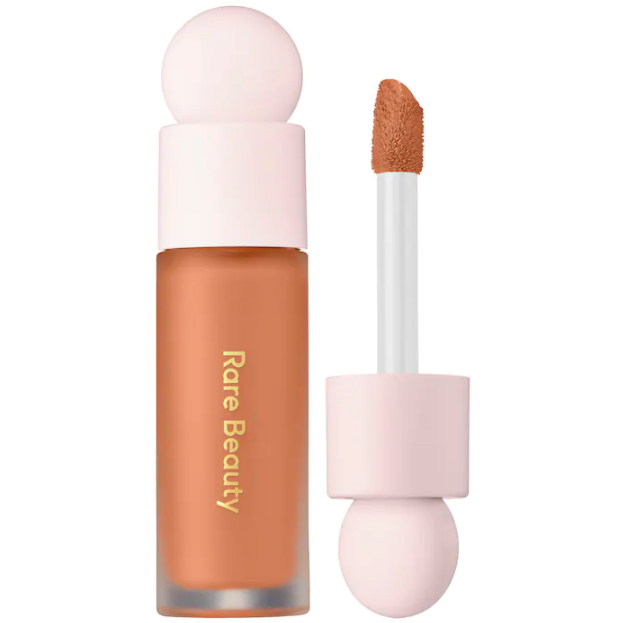From Redness to Dark Spots, Here's How to Color Correct With Pro-Level Skill

While many of us may daydream about having flawless, blemish-free skin (the kind where you can leave the house bare-faced and still feel confident as hell), the reality is that, well, that's not the reality. Everyone has some kind of skin concern that they manage, be it redness, under-eye circles, acne scars, or a combination of the three. (Present!) That's where color correctors come in: the makeup solution to a bevy of skincare issues that experts and TikTokers alike rely on to achieve that perfect glow.
You've likely seen these targeted products spattered across the makeup aisle—they're the tubes and compacts of pretty lavender, peach, and mint hues that, at first glance, probably don't look like they belong anywhere near your skin. But, think again. We spoke with Lori Taylor Davis, Smashbox's resident makeup artist on how to use color correctors the right way, including the products she swears by.
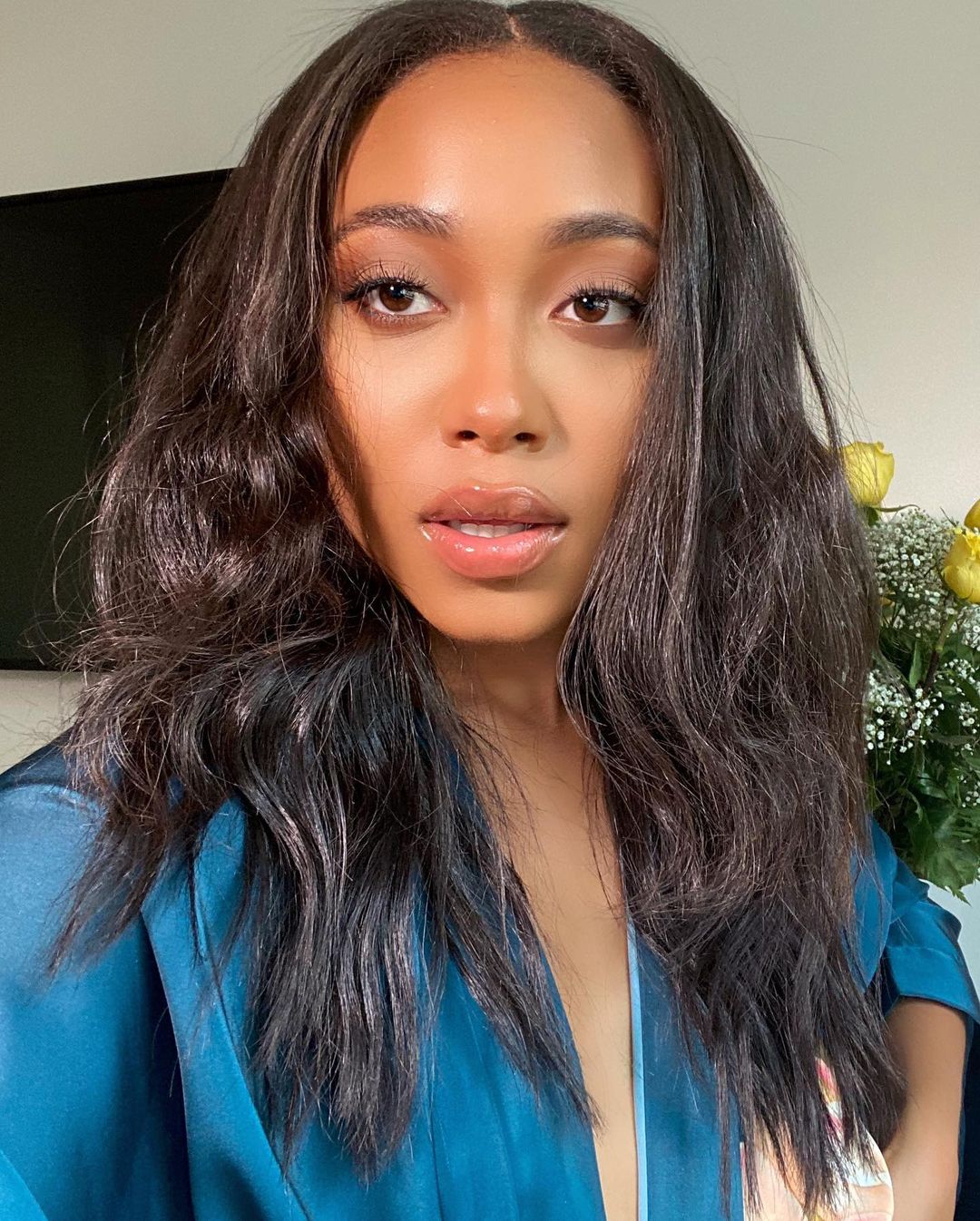
What is color correcting?
First things first, for those who aren't familiar, color correcting is the practice of using complementary hues to cancel out variations in your skin tone. Each of the unique shades is actually tailor-made to address a particular skin concern. For instance, lavender neutralizes yellow spots while green cancels out red zits. More on the specifics later.
"The main purpose of color correction is to even your tone to the complexion," says Davis. "[It's used] as a prep step, so that your foundation or tinted moisturizer doesn’t have to work as hard to help your complexion look flawless." Davis encourages users to not think of color correcting as offering an added benefit, but the opposite: "By not color-correcting, the makeup user runs the risk of their complexion looking gray or muddy within the areas of discoloration." Point taken.
Who should (and shouldn't) color correct their skin?
As someone with uneven skin texture myself, I'm extra-hesitant to build layers of product onto my face. This inspired a big question: is there anyone that color correcting is not ideal for?
"Color correcting primers are good for all skin types, and usually work best for anyone concerned with texture," says Davis. In this case, she suggests selecting a product format based on your skin texture: "Cream products tend to work best for normal to dry skin, and especially on mature or textured complexion, as the cream can camouflage flakiness. Those with oily skin types sometimes prefer a powder corrector, as powder correctors can act as insurance for oil control."
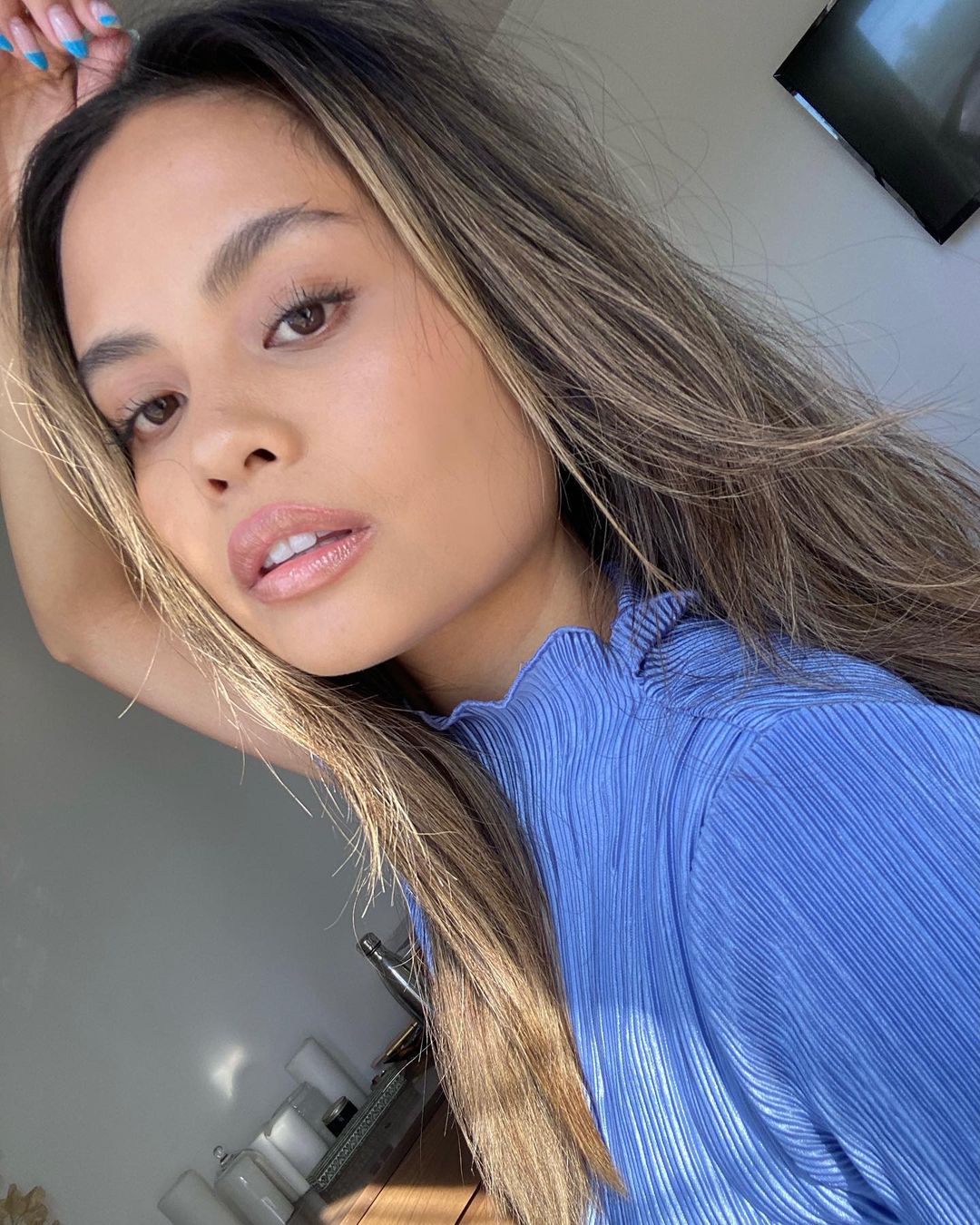
How to use color correctors
Before you put brush to canvas, so to speak, you'll want to add the application tips Davis has amassed over several years and across hundreds of faces. "My number-one tip is to apply in sheer layers," she says. "Think of the corrector as a discoloration eraser, not an extra layer." As such, you'll want to go in slowly, subtly chipping away at that discolored area until it matches your base complexion.
As far as applicators go, this isn't the time to start finger-painting. (Though we love a Glossier cloud paint moment.) Precision is the key to achieving a masterful, MUA-worthy look. "Applying correctors with a brush or beauty blender will help to control the amount of product that is applied, making it easier to achieve a flawless complexion without looking heavy and unnatural," says Davis. "Buffing the product into the area in a circular motion can help to achieve good coverage with very small amounts of product."
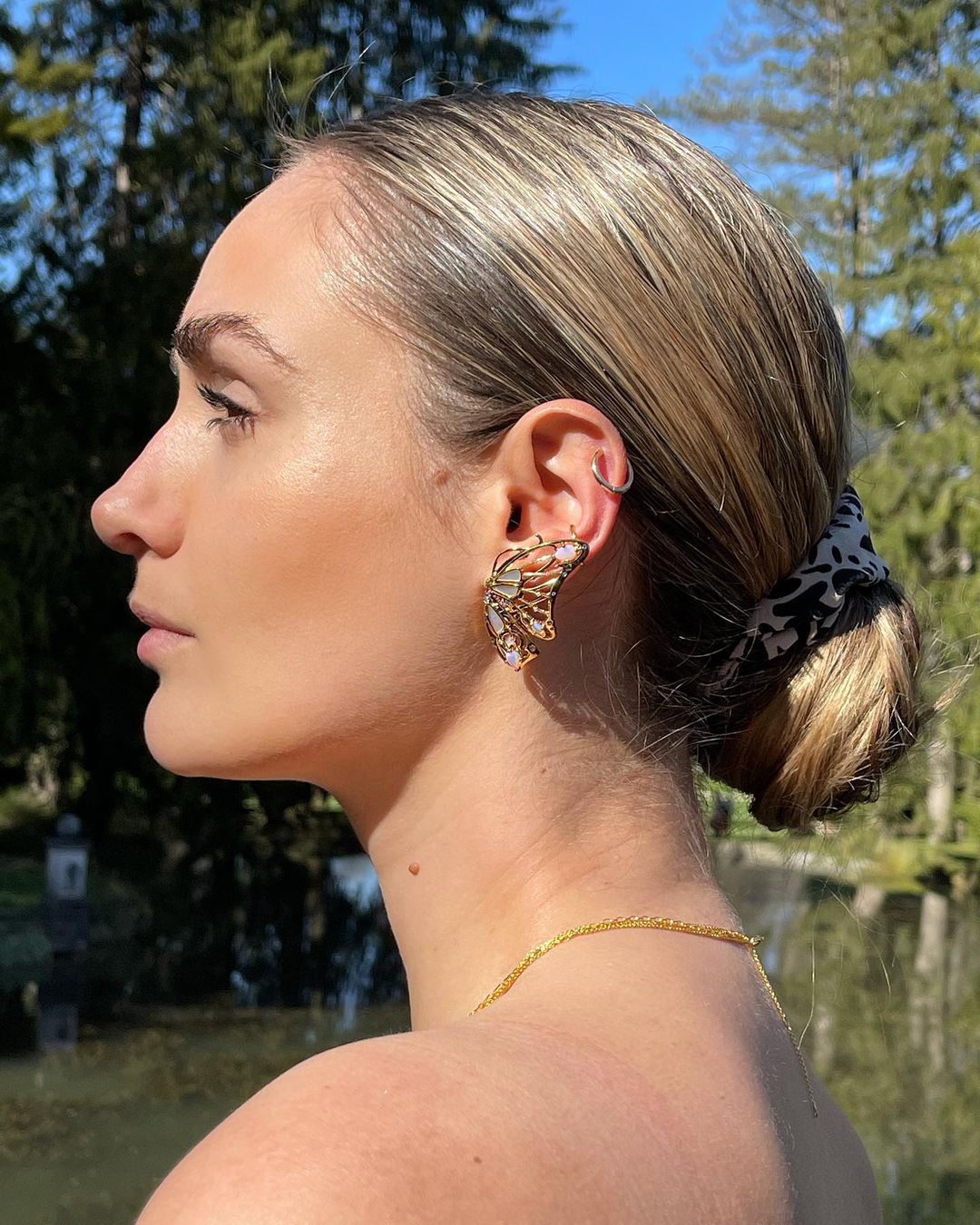
How to color correct redness with makeup
This is for those looking to get their redness under control. Whether it's acne, rosacea, or a pesky sunburn that's fueling excessive redness, you'll want to get familiar with green color correctors. If you're looking for full-facial coverage, consider going with a color-correcting primer as your base. Otherwise, a spot tube will do the trick.
"To camouflage raised blemishes, I especially like [to use] the Smashbox Multi-Tasking Detail Brush. It makes covering a blemish so easy because of the design of the brush tip," Davis adds. Something else to think about for those concealing acne: consider going with a non-comedogenic formula, like Lancome's Teint Idole Ultra corrector, so as to avoid clogging pores in the process, which could set a vicious cycle of flareups into motion.

How to color correct dark spots, hyperpigmentation & undereye circles with makeup
O.K., we're casting a wide net here, but it's because these three concerns have one key thing in common: Their brownish-grayish undertone. If your skin woes fall into this bucket, Davis says you'll want to "...choose correctors that have a peach, apricot or orange [tint], depending on the depth of discoloration and the undertone of the user's [base]." If you have darker skin, orange will cancel out those inconsistencies like that, whereas medium skin and apricot color correctors are two peas in a pod. Have fairer skin? Opt for a peach color corrector.
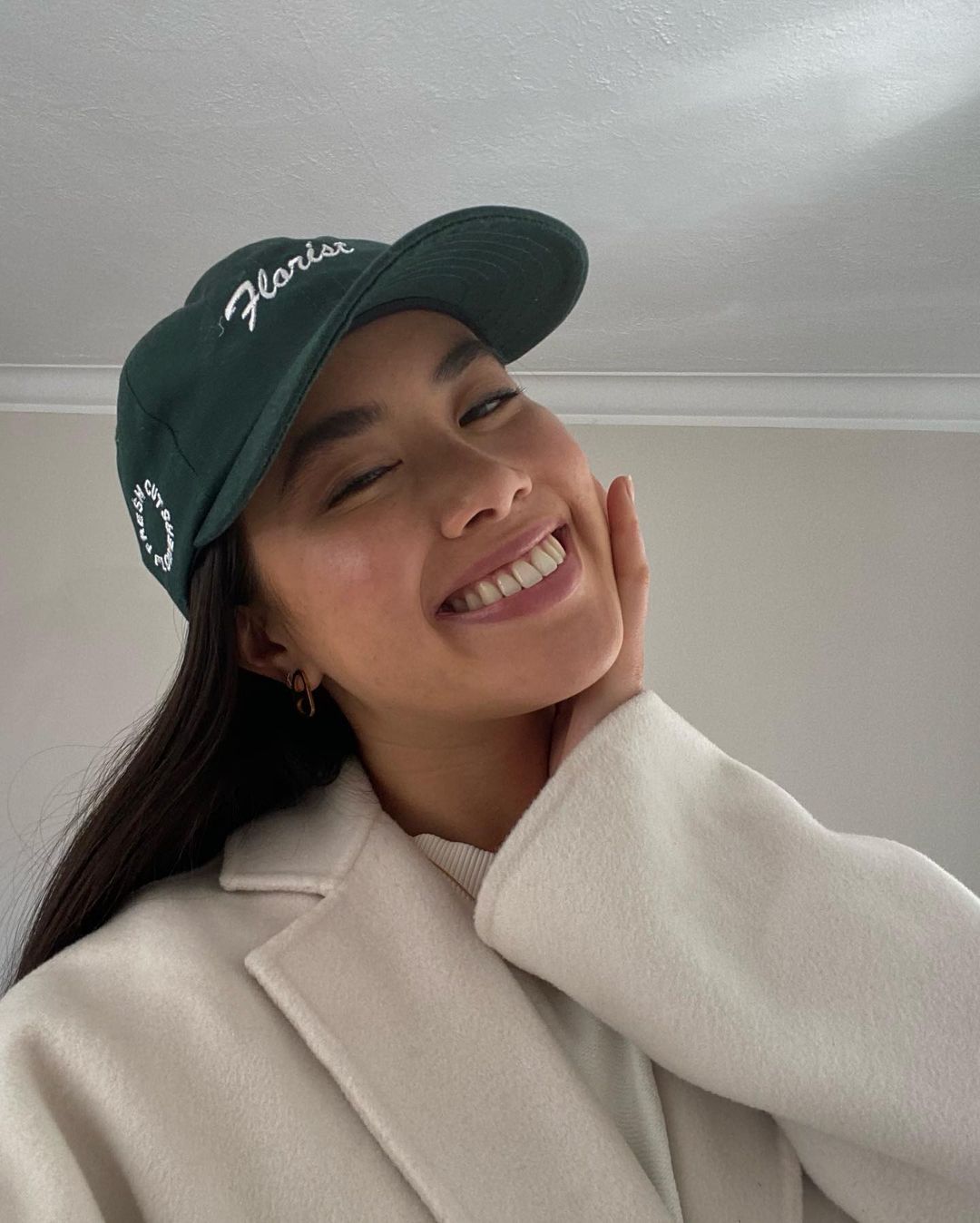
How to color correct yellowness with makeup
Whether seen under the eyes, flecked across the face or present as a consistent undertone, yellowness can get in the way of the bright, glowy complexion of your dreams. A purple color corrector will make all the difference. Opt for a lavender-toned powder or cream format, using a detailed brush for spotting, and a makeup sponge for under-eye or full-face application.
How to color correct on-the-go
So, you've stocked up on correctors and placed the finishing touches on your model-worthy complexion, but you're about to leave the house for an extra-long workday. How do you keep your expertly-corrected situation in tip-top shape, without having to take all your art supplies with you?
In this case, Davis suggests investing in "concealers that have a color correcting undertone" for your handbag. "Think olive or green to correct redness, or golden or peach to brighten brown or gray." These can be layered over your foundation (versus stripping and re-applying it on the fly), making it a perfect option for quick touch-ups.
Voilà — you're ready to color-correct! Before you buy, be sure to check out WhoWhatWear's quick explainer on demystifying your skin's undertones, so you can rest assured that you're investing in the right correctors for your complexion.
Up next, I'm No Makeup Artist, But These Simple Products Are All I'm Using in 2021

Danielle is a freelance Beauty Writer at WhoWhatWear. Her work has also been published in Vogue.com, The Zoe Report, Editorialist, and more. When she's not testing the latest beauty launch, she's exploring the local food scene in New York, reading a good book, or weekend-tripping somewhere leafy (or beach-y). You can keep up with Danielle on Instagram (@daniellenaer) for all things style, lifestyle, and beauty, and browse more of her work on her site.
